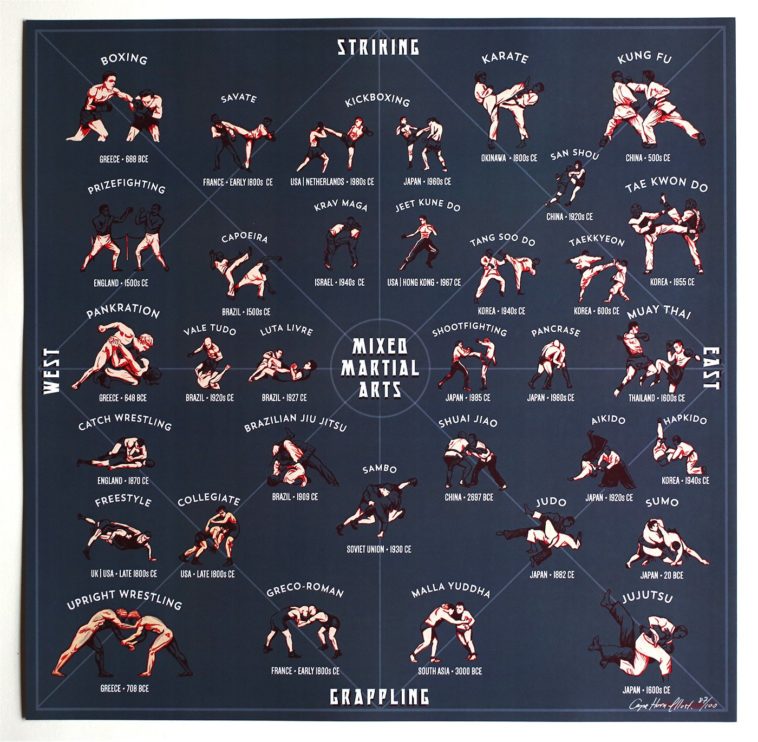Checking Out The Rich Heritage And Spiritual Dimensions Of Martial Arts
Checking Out The Rich Heritage And Spiritual Dimensions Of Martial Arts
Blog Article
what is taekwondo martial arts -Barber Patterson
Enter the ancient world where martial arts were born out of necessity in diverse regions. Societies crafted one-of-a-kind battling designs linked with historic contexts. Methods developed over centuries with devoted method and cultural exchanges. Today, contemporary martial arts mix conventional aspects for maximum effectiveness. Philosophically, martial arts highlight technique, self-improvement, and harmony. Respect, humbleness, and equilibrium are fundamental principles assisting professionals towards development and strength. Explore the midsts of this rich background and ideology to discover the extensive influences shaping this enduring self-control.
Beginnings of Fighting Style
Martial arts originated in various regions around the globe, evolving as useful combat systems to prevent threats. These ancient fighting styles were established out of requirement, with each culture crafting methods matched to their distinct atmospheres and obstacles. From the grappling arts of Jujutsu in Japan to the striking methods of Kung Fu in China, martial arts were deeply linked with the historic, social, and social textile of their respective cultures.
In Japan, the samurai class polished martial arts like Kenjutsu, the art of the sword, which later developed into the a lot more popularized form of Kendo. At the same time, in Brazil, Capoeira emerged as a blend of dance and battle, produced by enslaved Africans as a method to stand up to injustice. Each fighting style carries with it an abundant background and approach, reflecting the values and ideas of the people who practiced them.
As you explore the origins of martial arts, you discover a tapestry of human resourcefulness, strength, and the unrelenting spirit of warriors throughout time.
Development of Methods
With centuries of practice and refinement, battle techniques within different martial arts have undergone a profound evolution. From old styles like Martial art and Martial arts to much more modern techniques such as Brazilian Jiu-Jitsu and Krav Maga, the development of methods has actually been driven by a mix of cultural impacts, practical applications, and technical improvements.
One substantial facet of this evolution is the cross-pollination of strategies in between different martial arts. As an example, methods from conventional Japanese Jiu-Jitsu were integrated right into the creation of Judo by Jigoro Kano in the late 19th century. This blending of designs has brought about the advancement of crossbreed martial arts like Mixed Martial Arts (MIXED MARTIAL ARTS), which integrate elements of striking, grappling, and submission methods.
In addition, the advancement of strategies has been formed by the enhancing focus on performance and effectiveness in fight. Specialists have actually continually looked for to fine-tune their strategies via rigorous training, testing, and competitors, leading to the growth of highly specialized and efficient fighting designs. Generally, the evolution of methods in martial arts shows the vibrant nature of battle and the continuous pursuit for improvement and development.
Thoughtful Foundations
Checking out the underlying thoughtful concepts of martial arts provides understanding into their core values and guiding ideas. At the heart of many martial arts self-controls is the idea of technique itself. By educating your mind and body to function as one cohesive system, you cultivate technique that expands beyond the dojo or fitness center right into daily life. This self-control encompasses respect, humbleness, and self-constraint, forming not simply your physical abilities however likewise your character.
One more basic thoughtful structure in martial arts is the concept of continuous self-improvement. The trip of understanding a fighting style is never-ending, with specialists regularly making every effort to better themselves, both literally and psychologically. This focus on growth fosters durability, willpower, and a development frame of mind that can be applied to all facets of life.
Furthermore, martial arts emphasize the relevance of harmony and equilibrium. Techniques are created to utilize an opponent's energy versus them, highlighting the principle of generating and redirecting pressure rather than meeting it head-on. This ideology reaches interpersonal partnerships, promoting relaxed resolutions and good understanding. By welcoming best martial arts for adults to learn , martial musicians not only boost their combat skills however additionally cultivate a way of living centered on individual growth, regard, and harmony.
Conclusion
In conclusion, the history and ideology of martial arts offer a rich tapestry of practice, discipline, and self-improvement.
Consider example the tale of Bruce Lee, that revolutionized martial arts by blending different designs and ideologies to produce his own special type of Jeet Kune Do.
Via commitment and innovation, martial musicians continue to press boundaries and inspire others to reach their full potential both in fight and in life.
